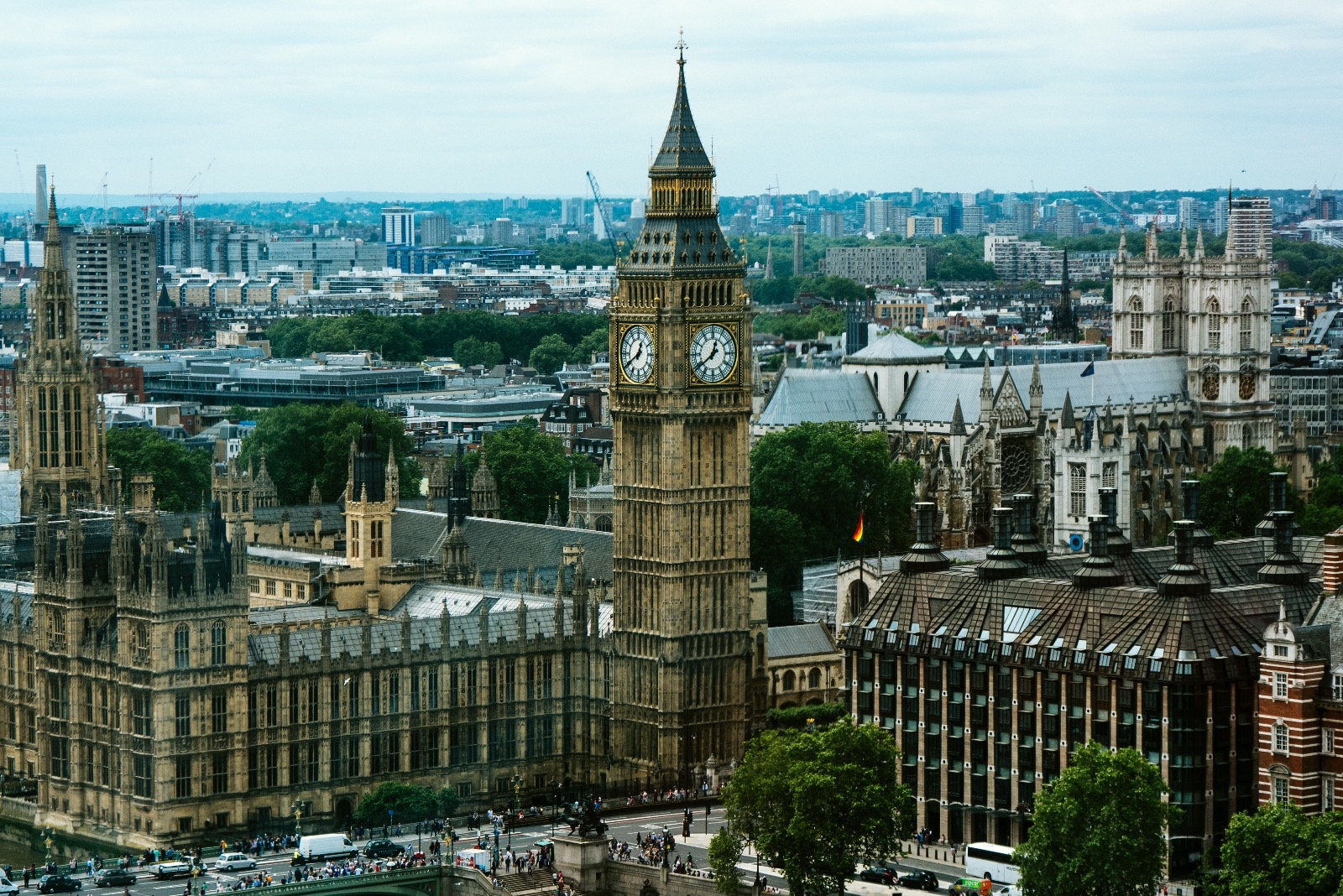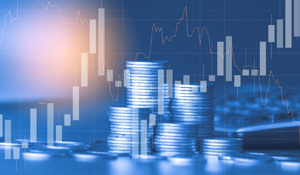
Funding for Agriculture and Commodity Trading
Subscribe to our Insights Leave your email address to be the first to hear about insights.
Funding for Agriculture and Commodity Trading 2015 – 2050
What challenges does the world of agriculture face between now and the middle of the century and how can the world of finance offer business solutions that will help the industry meet those challenges? If it is to meet the challenge of feeding a growing world population in the 21st century, there are significant issues for the industry to face and businesses of all sizes will be looking to the finance sector to play its role in developing the industry.
World Population until 2050
World population is expected to continue growing over the next 35 years. 2015 population levels of 7.3 billion are predicted to increase by 30%, reaching 9.7 billion by 2050. Alongside this, continued urbanization will also increase problems for the agriculture industry. By 2050 the percentage of the population living in urban areas will have increased to 70% from the 2015 level of 54%. So, as urban populations increase they result in smaller workforces that have to produce 30% more food.
Across the world population, per capita incomes are set to increase multi-fold times and this will drive a change in eating habits. Consumers will demand more high quality protein based food products. This will be particularly evident in developing economies where they will look to adopt more western diets as a sign of their increasing wealth.
Together these trends mean the world needs more food than ever before. The United Nations Food and Agriculture Organization (FAO) estimates that global food production will need to increase by almost 70% by 2050 to meet demand. In particular, developing counties will need to see their production levels almost double.
This anticipated increase in agricultural output will see increased opportunity in the world of agricultural commodities. FAO estimates an almost threefold increase in net cereal imports into developing countries by 2050. Similarly, developing countries’ net exports of oil seeds and vegetable oils are expected to more than triple by the middle of the century to approximately 25 million tonnes (in oil equivalent) and net exports of sugar will almost double.
Cereal self-sufficiency dynamics across regions will also change considerably by 2050. Substantial increases in food import dependency are predicted for the Near East/North Africa region while Latin America and the Caribbean, currently a net cereals deficit region, is expected to become fully self-sufficient.
Going forward, the increase in demand for food, and the reshaping of self-sufficiency dynamics will provide a significant boost to the global trade of agricultural commodities. Accordingly this sector will require increased levels of supporting financial structures and tools.[1]
Agriculture in MENA/GCC
From a regional perspective, MENA/GCC has emerged as a major trade hub in the past decade and will continue to develop in this vein in the foreseeable future. Its geographic proximity with Asia and Europe coupled with favourable government policies such as Free Trade Zones are underwriting this growth. Moreover, the expected rapid growth in population and rise in per capita income will also boost domestic consumption. The scarcity of arable land and water resources across the MENA/GCC region will inevitably drive trade in food commodities.
Alongside increase in demand and changes in self-sufficiency, the scarcity of arable land and water supplies will compel the agriculture commodities market to look for ways of expanding and this expansion will need access to financial instruments designed to work across the commodities market.
Trade Finance
Commodity trading often benefits from the support provided by trade finance. Trade Finance is a specialized area that provides mechanisms for the short-term financing of import and export transactions. A range of payment mechanisms can be offered that include more traditional instruments such as letters of credit, guarantees, letters of credit confirmations and documentary collections. According to the Bank for International Settlements, trade finance directly supports about one-third of the global trade, of which more than 60% is attributed to traditional instruments.[2]
Accordingly, the trade finance sector is expected to grow rapidly, with leading banks and financial institutions such as Arab Bank, Emirates NBD, and QNB Bank offering trade finance services. The MENA/GCC region also demonstrates a strong appetite for Islamic trade finance with products such as Wakalah, Murabahah and Musharakah. Saudi Arabia-based Islamic Trade Finance Corporation, a non-government entity promoting Islamic trade, has achieved more than USD 34 billion of targeted financing since its inception in 2008.
Structured Trade Finance
In recent years financial markets have recognized the demand for instruments that offer clients the benefits of greater liquidity management, and lenders alternative models for risk mitigation. This has led to new instruments that focus on structured finance products applied to the purchase and sale of raw, semi-refined, or semi-processed agricultural commodities. These structured trade finance instruments can be applied across part or all of the commodity trade value chain: from producer to distributor to processor, and of course, the physical traders who buy and deliver commodities in the international and domestic markets.
Recognizing the business opportunity, several banks and other financial institutions active in the MENA/GCC market have launched funds specifically to cater to the cross-border trading requirements. International Finance Corporation, a member of World Bank Group (IFC) has been working to develop solutions for financing requirements of SMEs and by 2014 had provided loans worth USD 20 billion to SMEs in the region. Similarly, Saudi-based Sidra Capital currently manages the world’s largest Islamic structured trade investment fund, Sidra-Ancile Global Structured Trade Investment Fund (GSTIF), which supports growth in emerging economies by providing short term working capital to SMEs.
Future Financing for MENA/GCC Agriculture
Saudi-based Sidra Capital currently manages the world’s largest Islamic structured trade investment fund, the GSTIF, which supports growth in emerging economies by providing short term working capital to SMEs and has invested almost USD 200 million, financing around 30 counterparties focused on agriculture, metals and energy.
Key to the Trade Finance market in MENA/GCC, SMEs form the backbone of the regional agriculture sector and they frequently struggle to secure adequate finding from the more conventional routes provided by banks and other lending agencies. In response, GSTIF is currently investigating how to help SMEs in Saudi Arabia and is planning to extend the experience it gains to SMEs operating in the agriculture sector across the region.
Where to Next
Structured trade investment funds such as the Sidra Ancile fund are perfectly positioned to service the increasing demands of the growth in commodities trading across the MENA/GCC region over the next 35 years and beyond. With its Sharia compliant structures and processes the fund is well placed to meet the needs of SMEs and larger businesses across the region.
[1] FAO: Global agriculture towards 2050
[2] FAO: Global agriculture towards 2050
Read full article here, as written by Arif Rahim, Sidra Capital, Asset Management Division







